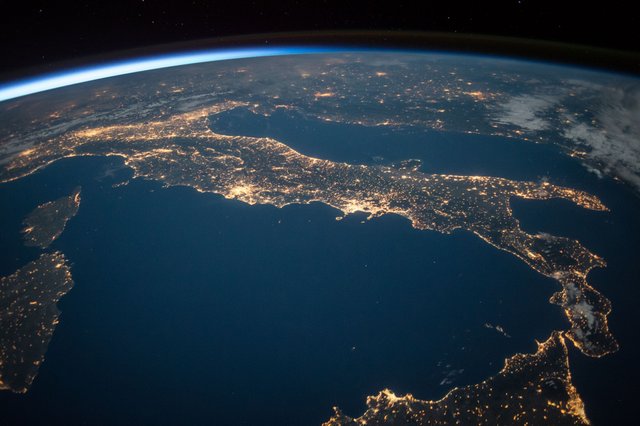2050: A Vision of Earth's Future

2050: A Vision of Earth's Future
As we approach the mid-point of this century, the world we live in will look vastly different from what it is today. By 2050, the Earth's population is expected to reach 9.7 billion, leading to increased urbanization, technological advancements and a heightened demand for resources. Climate change and environmental degradation will also play a significant role in shaping the planet. In this article, we will explore what life might look like on Earth in 2050.
Urbanization: By 2050, it is estimated that 66% of the world's population will be living in cities, up from 55% today. With a growing population and limited space, cities will have to become smarter, more sustainable and more efficient. This will result in the use of new technologies such as autonomous vehicles, renewable energy, and smart buildings. Cities will also have to adapt to new ways of living, such as vertical farming, which will provide fresh produce within the city limits.
Environmental degradation: Climate change and environmental degradation will continue to be a major challenge in the coming years. Rising sea levels, extreme weather events, and water scarcity will have a significant impact on communities and ecosystems. Governments, businesses, and individuals will have to work together to reduce carbon emissions, protect biodiversity and preserve natural resources. In addition, the widespread adoption of electric vehicles and the increased use of renewable energy will help reduce greenhouse gas emissions and mitigate the effects of climate change.
Technological advancements: The next 30 years will see a continued rise in the use of technology. Artificial intelligence, robotics, and the Internet of Things will all play a major role in shaping the future. This will result in new jobs, improved efficiency, and greater convenience for consumers. However, it will also bring new challenges, such as the loss of certain jobs, increased cybersecurity risks, and ethical dilemmas surrounding the use of technology.
Healthcare: Advances in medical technology, such as gene editing and personalized medicine, will dramatically change the way healthcare is delivered. With the rise of chronic diseases, such as diabetes and heart disease, healthcare systems will have to become more preventative and proactive. In addition, the increased use of telemedicine and wearable devices will make healthcare more accessible and convenient for patients.
Conclusion: The Earth of 2050 will be a vastly different place from what it is today. With a growing population, increased urbanization, and the continued impact of climate change, the world will face new challenges and opportunities. However, with the right investments in technology, sustainability, and healthcare, we can create a brighter future for all. By working together, we can ensure that the Earth of 2050 is a healthy, prosperous, and equitable place to live.